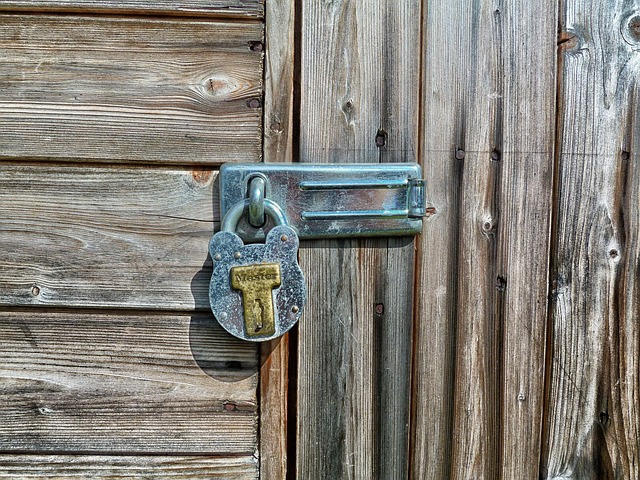A shed is usually a useful addition to your yard. It is the perfect place to store your gardening equipment or you can create a personal workshop which will allow you to build things and maintain vehicles.
Alternatively you may simply wish to build a garden retreat, allowing you to escape from the stresses of modern life; even if just for a short while.
However, before you take the plunge and start building your shed you should consider the following:
Get A Survey
It may seem extreme to get a survey completed before building a shed but if you don’t you may find yourself having to take it down and rebuild it.
A Geosurv will look at all the conditions and features of your land, mark your boundaries and, most importantly, identify utility access. You may not have realized that you have utilities running under your land. If you have, then the utility company and maybe even your neighbors will probably have access rights.
You don’t want them coming into your new shed or having to dig through it to get to the pipes and wires.
Check Regulations
It is important to check your local regulations to ensure that your shed is permissible. N general small sheds are okay but it is best to check. The rules will cover the size of the shed and the type. They may also identify permissible building areas in relation to your house and the boundary lines.
It is best to check first rather than have to adjust or even destroy you new shed.
Foundation
Sheds, in particular wooden ones are at risk of damp rot and insect attack. If you put the shed onto the soil then you’re likely to see these effects very early in your shed’s life.
Instead it needs to have a foundation of breeze blocs or similar which lifts the shed off the ground. Alternatively you can put a concrete base down before the shed is created. It is essential that you get the base level if you want your shed to be level.
Choose Your Material
Subject to the local regulations you will find there are several good options for building your shed with. You can purchase a pre-fabricated shed or one that you make yourself. You can even design and create your own shed completely.
But, you need to be aware that a wooden shed needs regular maintenance to ensure it stays in good condition and keeps the rot away. A metal shed will need less maintenance but is likely to rust over time.
Another alternative is vinyl which is more expensive but lasts much longer. However, this is not generally as strong as wood or metal.
You can also consider creating your shed out of brick; if you planning rules allow it. This is likely to be the most robust material.
Whatever you choose it is important to decide the size and design of your shed before you start shopping. This will ensure you get one that suits your needs not one that needs replacing shortly after you’ve bought it.
Category: HomeTags: guest post









